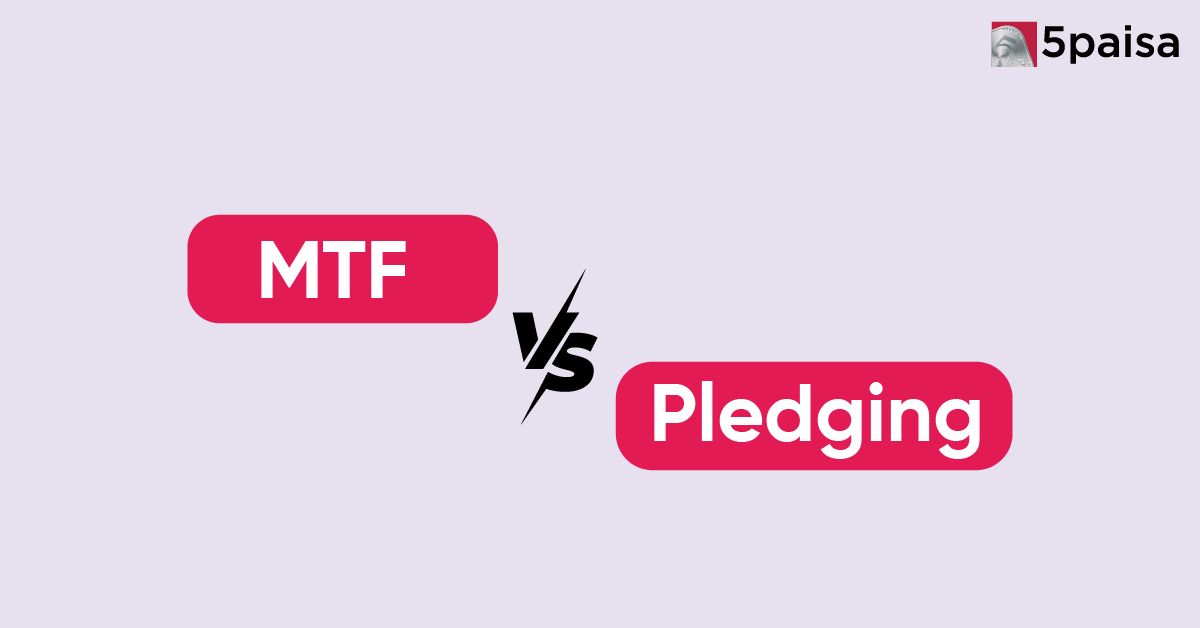MTF vs Pledging: Which Strategy Gives You More Power in the Market?
Explained: What is the significance of Indian govt's first sovereign green bond?

If you would like to participate in India’s sustainable economy, this may be your chance as the country is putting its first sovereign green bond on the radar of domestic asset managers, including state-run insurers and pension funds, as well as foreign investors.
According to a Bloomberg report, India is testing the waters of a sluggish global green bond market with its debut sale this month that aims to raise $2 billion for sustainable projects.
First things first, what are green bonds anyway?
Green bonds are bonds where the issuer, whether any sovereign entity or a corporate house, aims to use the proceeds for projects classified as environmentally sustainable. The bonds issued by a sovereign entity are called sovereign green bonds.
How have green bond sales done over the last several years?
Green bond sales dropped for the first time in a decade last year, as monetary policy tightening hit issuance, and as asset managers came under fire for alleged greenwashing. Companies and governments worldwide raised a total of $863 billion in green, social and sustainability-linked bonds in 2022, a 19% drop from the record $1.1 trillion in 2021, according to data compiled by Bloomberg.
So far this year, at least two governments have tapped the green bond market. Hong Kong sold the equivalent of $5.8 billion of debt across three currencies. Ireland pulled in €35 billion ($37 billion) of orders for a €3.5 billion sale of 20-year bonds.
How well is India placed in this scenario?
India is putting its first sovereign green bond on the radar of some of its biggest domestic asset managers as well as foreign investors from Japan to the UK to drum up demand, the report said.
Would India’s late arrival to the green bond market be a hindrance to the prospects of such paper?
India may be a latecomer to the green bond market in Asia, but sovereign issuers are still a select club outside Europe. That could burnish the appeal of its sale for foreign investors with a green mandate, despite the exchange rate risks that come with a rupee-denominated bond, the report noted.
How does this tie in with India’s renewable energy goals?
Raising sufficient funding at a low cost will be crucial for meeting the renewable energy goals set by India, which relies on fossil fuels for more that half its energy needs.
But why has India been such a latecomer to the party in the first place?
Indian corporate issuers have not always found it worth the cost and effort to get a green tag on their debt, given the absence of domestic ESG debt funds. The establishment of a clear benchmark with a sovereign bond and the potentially greater investor interest it may bring could change that.
Companies in India have issued more than $26 billion of this debt, mostly for renewable energy projects.
Apart from building renewable energy capacity, where else is the money from green bonds likely to be used?
Besides building out renewable power capacity, money raised from the sale may be used to build infrastructure that boosts its resilience to rising temperatures and extreme weather. Globally, funding for climate adaptation has fallen far short of a 50-50 split with mitigation — which aims to reduce emissions — which was part of the 2015 Paris agreement.
- Flat ₹20 Brokerage
- Next-gen Trading
- Advanced Charting
- Actionable Ideas
Trending on 5paisa
03
 5paisa Capital Ltd
5paisa Capital Ltd
Indian Stock Market Related Articles
Disclaimer: Investment in securities market are subject to market risks, read all the related documents carefully before investing. For detailed disclaimer please Click here.





